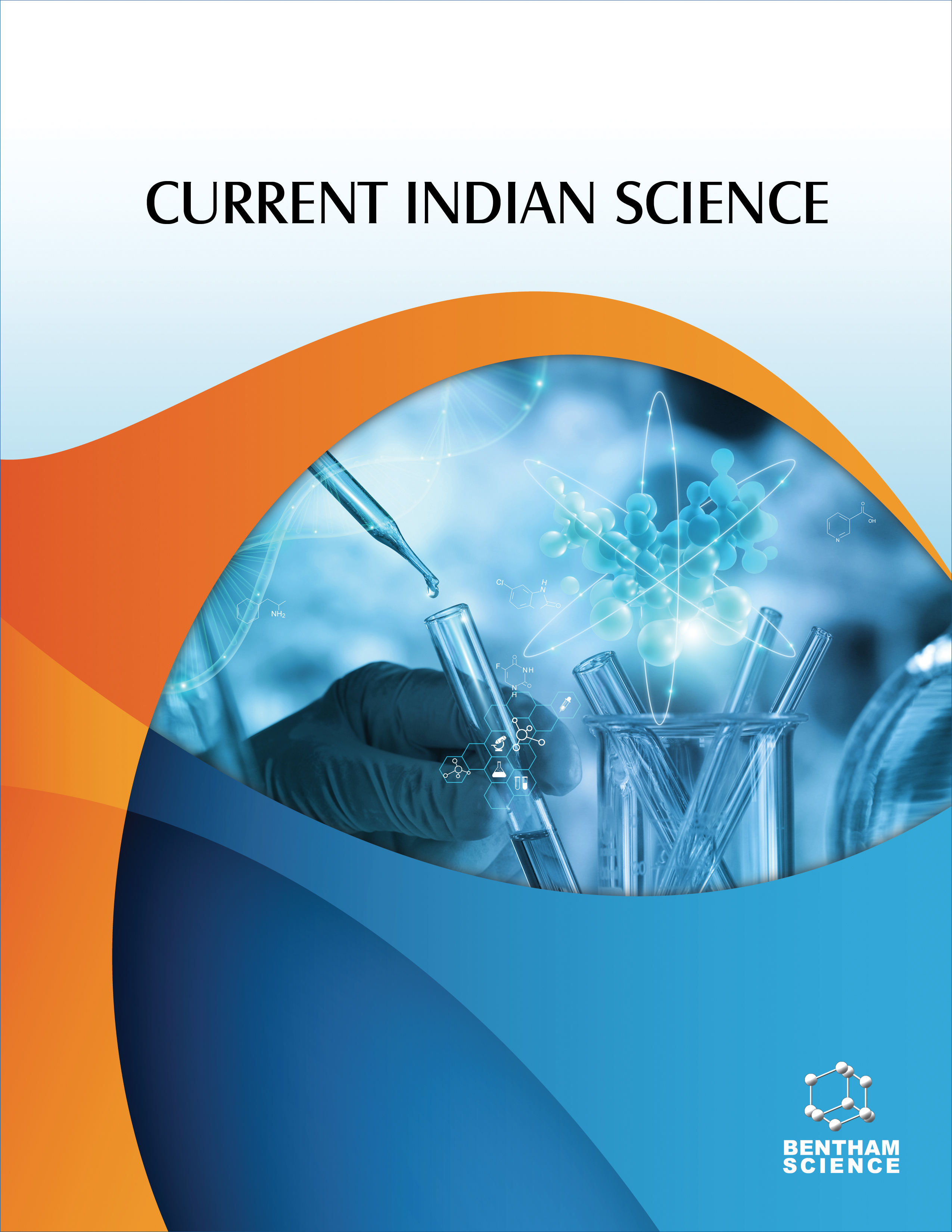-
oa Investigation of Developmental Toxicity Profile of Edible Lablab (Lablab purpureus (l.) Sweet Purpurea) bean Extract using Brine Shrimp and Zebrafish
- Source: Current Indian Science, Volume 1, Issue 1, Jan 2023, e150523216896
-
- 10 Oct 2022
- 16 Mar 2023
- 01 Jan 2023
Abstract
Developmental toxicology deals with the effects of compounds on fertility and with birth defects that could occur at any stage of the reproductive cycle. In this study, we evaluated the teratogenic effects of Lablab purpureus (L.) Sweet beans on zebrafish embryo.
The developmental toxicity study was carried out to evaluate the toxicity induced by Lablab purpureus (L.) Sweet beans on zebrafish embryo. We also studied the cytotoxicity of Lablab purpureus (L.) Sweet beans.
Zebrafish embryos were exposed to a methanolic extract of Lablab purpureus (L.) Sweet beans at concentrations of 10,25,50, and 100 μg/ml starting from 24 hours post fertilization (HPF) to 72 HPF. Developmental defects, if any, were observed under a microscope. Cytotoxicity of Lablab purpureus (L.) Sweet beans were also evaluated by using brine shrimp and the corresponding LC50 value of the methanolic extract of Lablab purpureus (L.) Sweet beans were also calculated.
The LC50 value of the methanolic extract of Lablab purpureus (L.) Sweet beans were found to be 77 μg/ml. However, some forms of developmental toxicity were observed in zebrafish embryos when treated with different concentrations of Lablab purpureus (L.) Sweet beans extract.
The methanolic extract of Lablab purpureus (L.) Sweet beans were found to be cytotoxic in brine shrimp, and the LC50 value was found to be 77 μg/ml. However, there was some level of developmental toxicity in the Zebrafish embryo model at different concentrations of Lablab purpureus (L.) Sweet beans extract.


